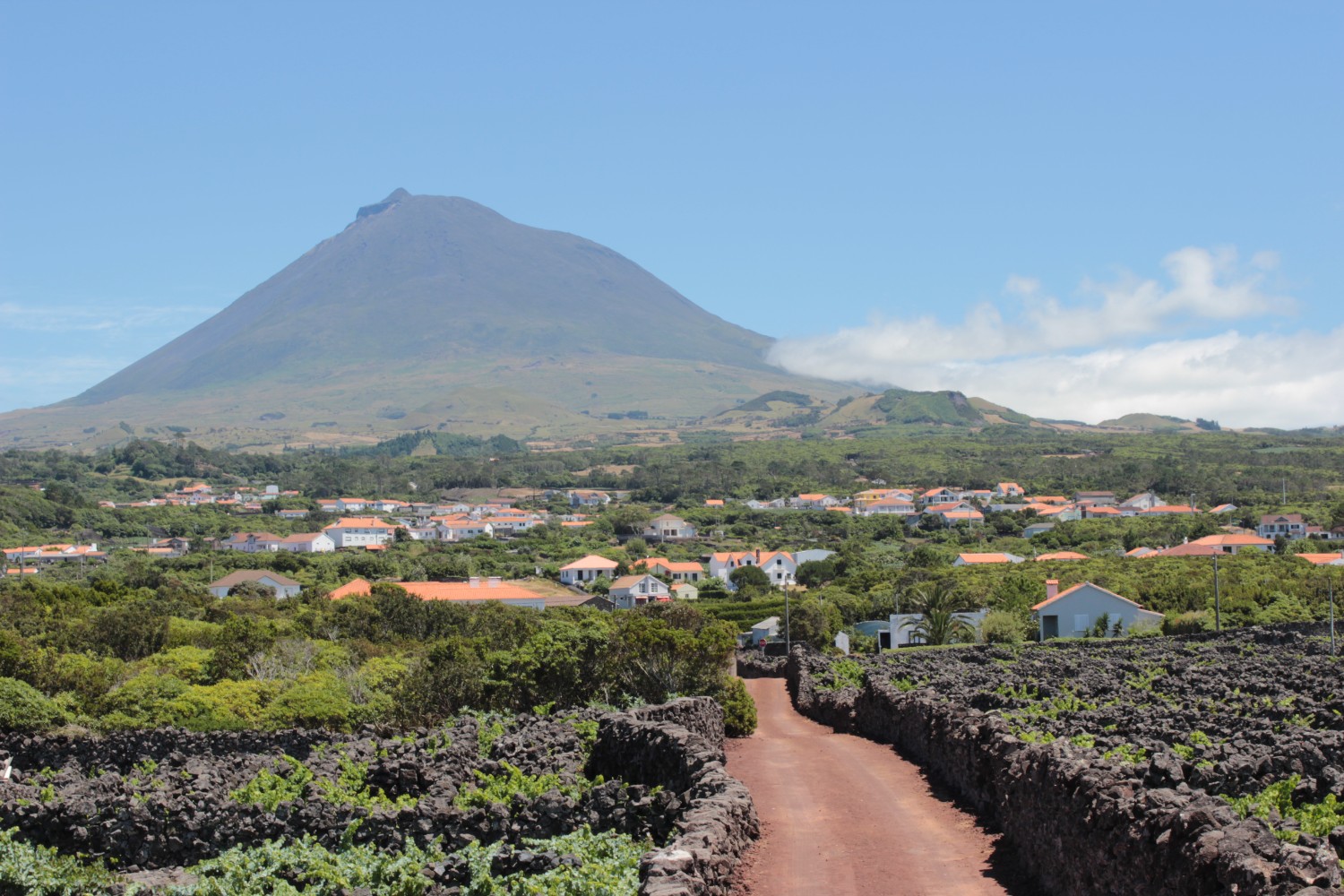
Discovering Pico Island: A Comprehensive Travel Guide


Nestled in the Atlantic Ocean, Pico Island is a gem within the Azores archipelago, belonging to Portugal. Known for its dramatic landscapes, rich culture, and unique volcanic heritage, Pico offers an enchanting escape for travelers seeking both adventure and tranquility.
Geography and Natural Beauty
Pico Island, the second-largest island in the Azores, spans approximately 446 square kilometers. Its most notable feature is Mount Pico, the highest peak in Portugal, rising 2,351 meters above sea level. This towering volcano dominates the island’s skyline and is a magnet for hikers and nature enthusiasts.
The island's volcanic origins have shaped its diverse terrain. Pico’s landscape is marked by rugged lava fields, lush pastures, and serene coastal areas. The black basalt rock formations and volcanic soil contribute to the island’s striking appearance and fertile grounds, which are essential to its agricultural practices.
Outdoor Activities
1. Climbing Mount Pico: The island’s centerpiece, Mount Pico, is a challenging yet rewarding climb. The ascent typically takes between 6 to 8 hours, with climbers rewarded by breathtaking panoramic views from the summit. The journey includes traversing through varied terrains, including lava tubes and rocky slopes. It’s advisable to embark on this climb with a guide, particularly if you're unfamiliar with volcanic terrain.
2. Whale Watching: Pico Island is renowned for its whale-watching opportunities. The waters surrounding the island are a migratory route for various species, including sperm whales, blue whales, and orcas. Several local tour operators offer boat excursions that provide a chance to see these majestic creatures in their natural habitat.
3. Exploring Caves: The island features an extensive network of lava tubes and caves. Gruta das Torres, the longest lava tube in the Azores, offers a fascinating underground adventure. Guided tours reveal the geological wonders and subterranean beauty of these natural formations.
4. Hiking Trails: Besides the ascent of Mount Pico, the island offers numerous hiking trails. The Pico Forest, with its diverse flora and fauna, provides trails suitable for all levels of hikers. The paths offer scenic views of the island’s volcanic landscapes, ocean vistas, and rural charm.
Cultural Experiences
1. Viticulture and Wine Tasting: Pico Island is known for its unique viticulture, where vineyards are cultivated in volcanic soil. The island’s distinctive wine, known as Pico wine, is produced from grapes grown in stone-walled plots. Visit local wineries to taste these rare wines and learn about the traditional winemaking methods that have been passed down through generations.
2. Historical Sites: The island’s history is rich and varied. The town of Madalena, one of the main settlements, features historical landmarks such as the Church of São Pedro and the São João Baptista Fort. The Whalers' Museum in Lajes do Pico provides insights into the island's whaling past and maritime heritage.
3. Local Cuisine: Pico’s culinary offerings reflect its maritime heritage. Fresh seafood, including tuna and octopus, is a staple of the island’s cuisine. Traditional dishes like “Alcatra,” a slow-cooked beef stew, and “Queijada de Pico,” a local cheese pastry, provide a taste of Pico’s gastronomic culture.
Practical Information
1. Getting There: Pico Island is accessible via its airport, Pico Airport (PIX), with flights connecting to major cities in Portugal and other Azorean islands. Alternatively, ferries connect Pico to the neighboring islands of São Jorge and Faial.
2. Accommodation: The island offers a range of accommodation options, from charming guesthouses and boutique hotels to more luxurious stays. Many lodgings provide stunning views of Mount Pico and the Atlantic Ocean, enhancing the overall experience.
3. Best Time to Visit: Pico Island enjoys a temperate climate with mild temperatures year-round. However, the best time to visit is from late spring to early autumn (May to September) when the weather is more favorable for outdoor activities and sightseeing.
4. Getting Around: Renting a car is the most convenient way to explore Pico Island. Public transportation options are limited, so having a car allows you to fully appreciate the island’s scenic routes and remote locations.
Conclusion
Pico Island is a destination that captivates visitors with its natural splendor, adventurous opportunities, and cultural richness. Whether you’re climbing the majestic Mount Pico, exploring subterranean wonders, or indulging in local cuisine and wine, Pico offers a multifaceted experience that appeals to adventurers, nature lovers, and cultural enthusiasts alike. With its unique blend of geological beauty and rich heritage, Pico Island promises a memorable and immersive travel experience.

